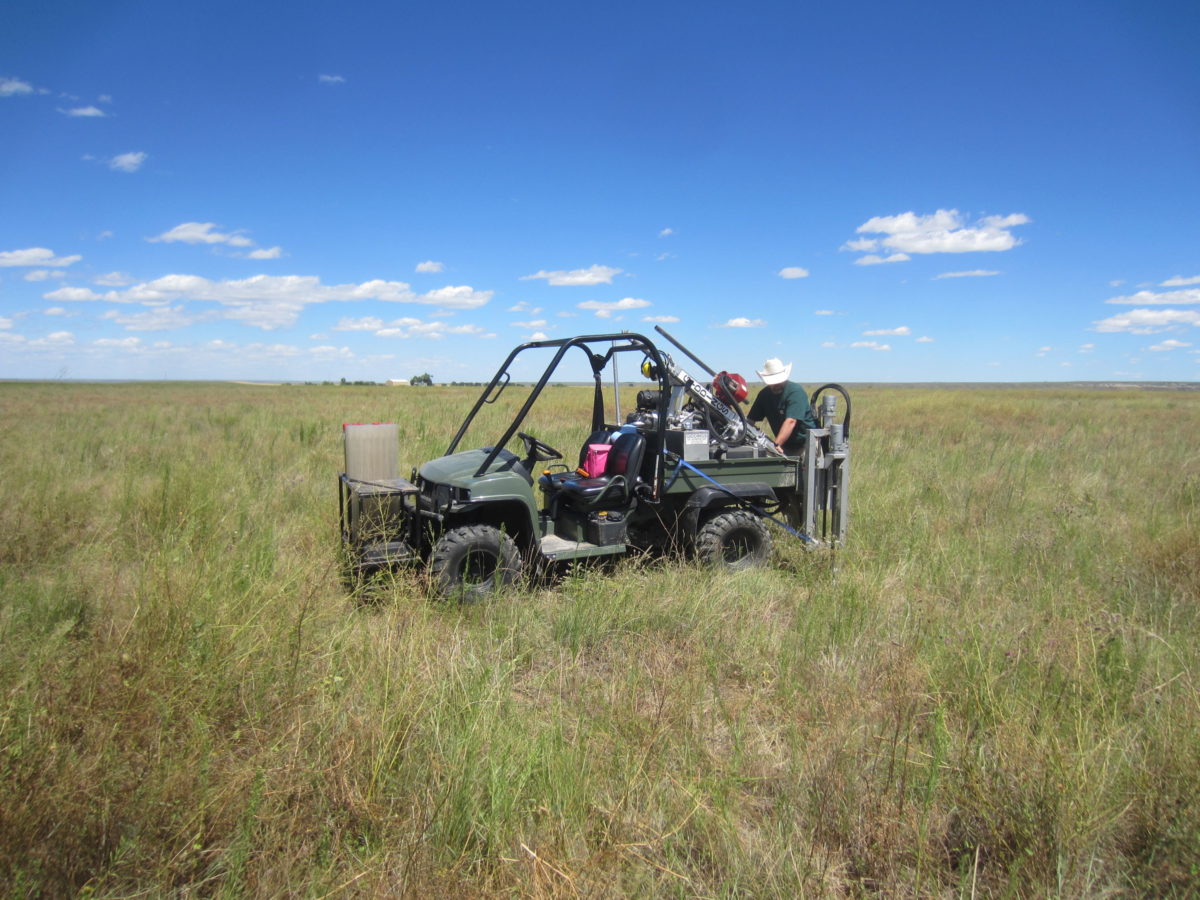Soil Projects
RESTORING AT SCALE
Soil Health Projects
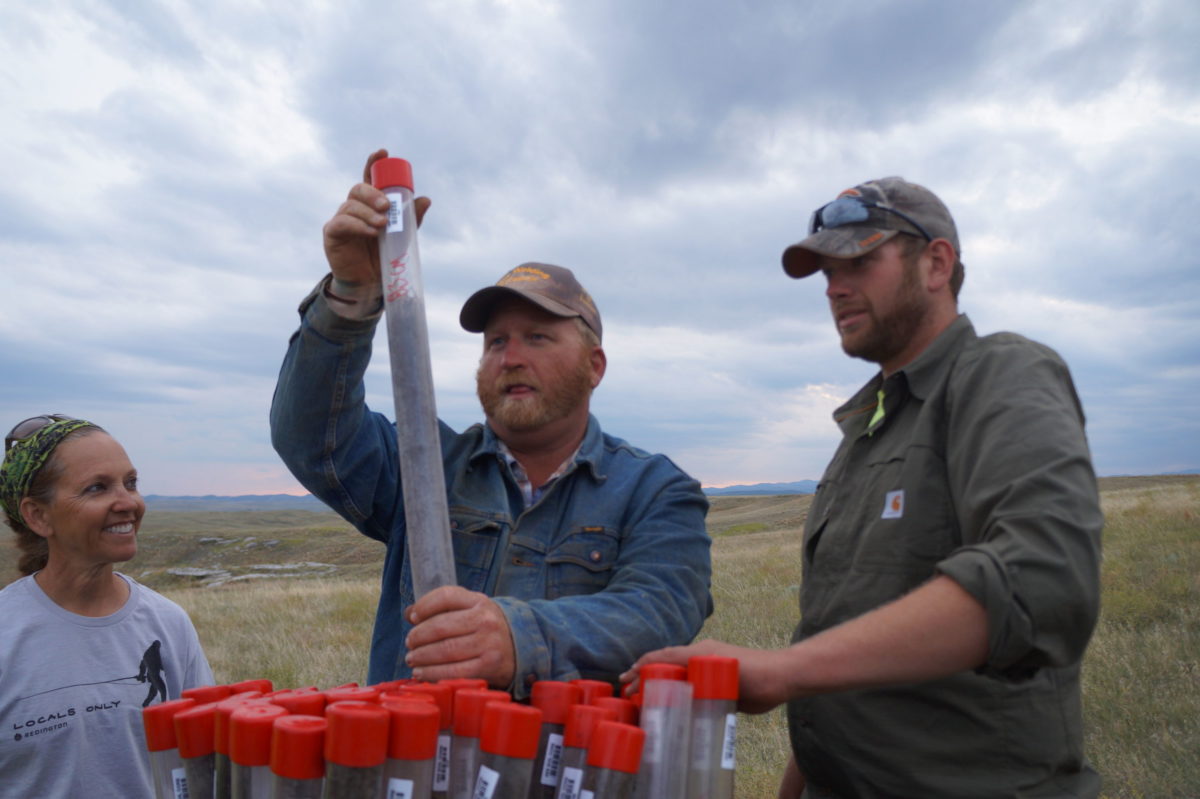
777 Bison Ranch Soil Carbon Sampling
RES collaborated with the 777 Bison Ranch of Hermosa, SD to measure baseline soil carbon, water infiltration, forage quality, and vegetation system diversity, and to collect high-resolution aerial imagery to support mapping of biomass, bare soil, and plant species cover. The study was conducted on the 30,000-acre bison ranch where the owners practice planned grazing, a form of adaptive multi-paddock (AMP) grazing. For comparison, the study included adjacent pastures owned and managed by neighboring cattle ranchers practicing light and heavy continuous grazing.
The study focused on documenting baseline ecological conditions at the time of sampling. The ranch and grazing of bison occurred over a period of ~25 years and as new properties were added to the overall ranch, they have been subdivided into smaller paddocks to support the grazing program on the ranch. The 777 Bison Ranch rotates their herd of 3,000-4,000 bison across the paddocks on the ranch to mimic how ruminates once roamed the U.S.
Over the scale of this landscape, RES determined that the 777 Bison Ranch and their grazing practices significantly improved soil carbon levels on some of the primary soil types and catenas studied, but not on all soil types. The improvements were found to be most advanced in the loamy soil types and less so in the sandy soils and poorest soil types.
Agriculture, Ecosystems, and Environment published the study results in early 2019.
Alberta Soil Carbon Study
A pilot study, using peer-reviewed methods, was undertaken in Alberta, Canada, comparing Adaptive Multi-Paddock (AMP) grazing to heavily stocked and lightly stocked continuously grazed paddocks. The study is a collaborative effort between ASU, RES, Texas A&M, CarbonNation, and Shell Oil Co and is funded by Shell GameChanger through a grant to Arizona State University. In this study, scientists measured whether AMP improves: (1) soil organic carbon stored, (2) water infiltration rates, and (3) the diversity of vegetation in the paddocks – when compared to the two continuous grazing regimes.
In Alberta, as also was found in northern Texas by one of the study’s principal investigators, AMP grazing contributed statistically significant increases of soil organic carbon and increased water infiltration rates. Throughout the world, more and more research is being devoted toward finding ways of enriching carbon-depleted soils that, in turn, builds resiliency to increased prevalence and severity of drought in rangelands.
Encouraged by the findings of this pilot study, the researchers recommend future expanded AMP grazing studies encompassing a wider diversity of soils, climates, and grazing history.
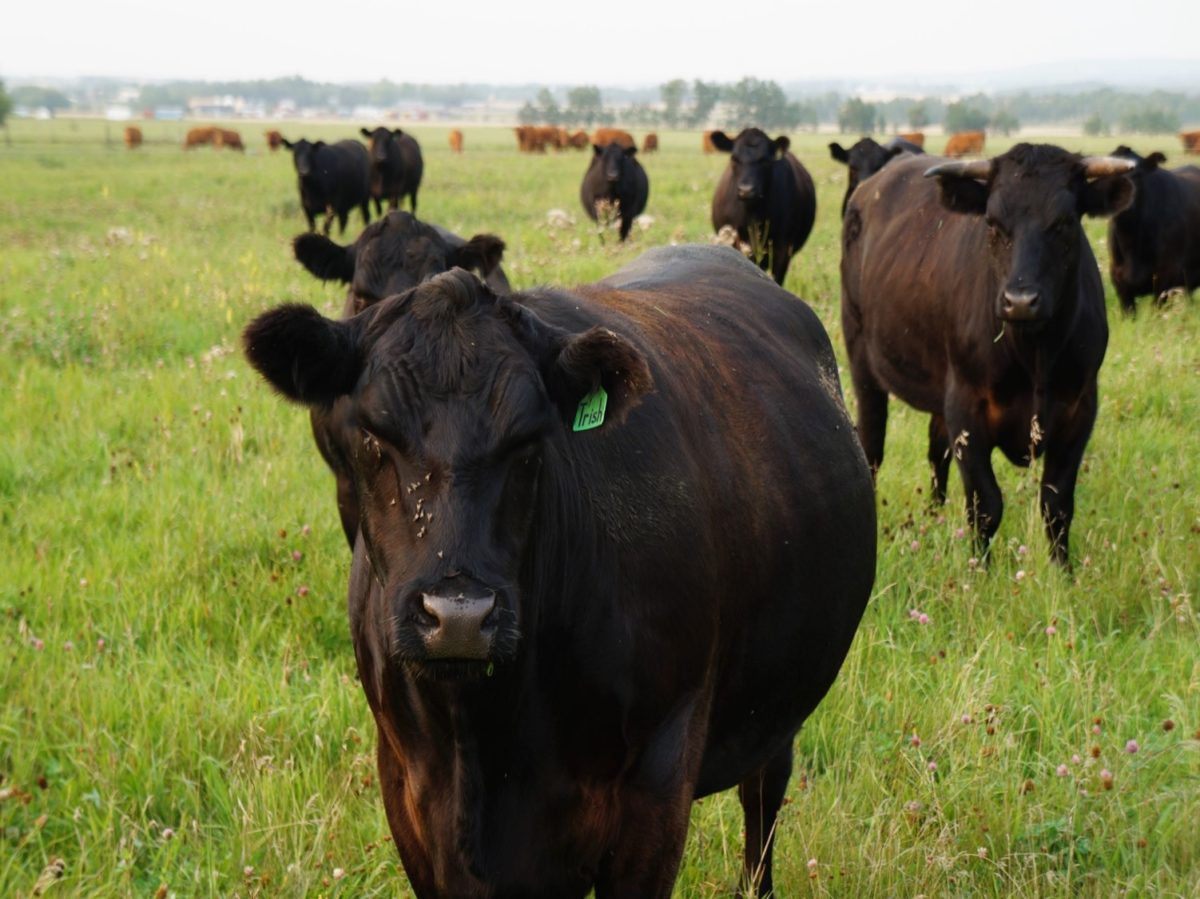
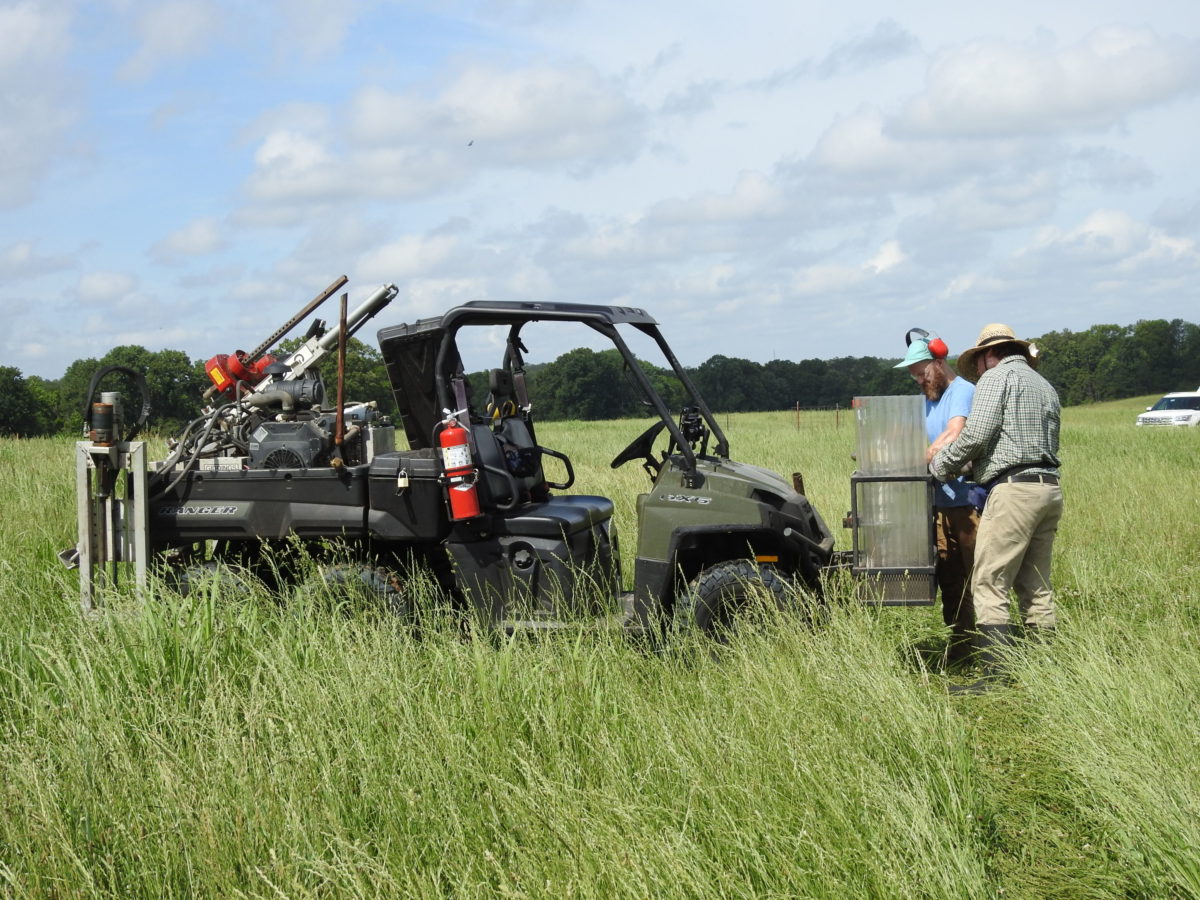
Adaptive Multi-Paddock (AMP) Grazing Study
RES held a leadership role as Co-Principal Investigator in the Arizona State University-led team to administer a systems science program to study and compare the ecological and economic benefits of Adaptive Multi-Paddock (AMP) grazing, compared to conventional grazing, across the Southeastern U.S. In this study, RES paired ranchers in Mississippi, Alabama, Tennessee, and Kentucky who had implemented AMP grazing practices for at least 10 years with neighboring ranchers practicing heavy and light continuous grazing practices that operated “across the fence”. The study sampled five pairs of AMP and conventional ranches, and three reference natural areas, utilizing identical methods to ensure accurate comparisons across the study region.
Over a dozen cooperating research institutions, government agencies, and private partners conducted the study, including USDA-ARS, Texas A&M University, Michigan State University, Colorado State University, University of Illinois, New Mexico State University, University of Exeter, University of Arkansas, TerraNimbus, CarbonNation, and Ecdysis Foundation. McDonald’s, Foundation for Food and Agricultural Research, the Eddie Schwartz Conservation Fund, and several small private donors funded this $6 million program.
Preliminary results from RES-led modules document consistent improvements in water infiltration rates, obligate grassland breeding bird diversity (including rare grassland birds), increased diversity and richness of native plants, and increased vegetative biomass in the AMP grazed ranches compared to continuous grazed neighboring ranches. The program will soon begin expanding to include the U.S. Northern Great Plains region.
AGGP Grazing and Carbon Sequestration Study
RES and the University of Alberta, Edmonton initiated a study in response to available grant funding through the Agriculture Greenhouse Gas Program of Ag-Canada. While RES focused on the study design, site selection, and water and soil studies, additional modules included vegetation, breeding birds, soil microbes, greenhouse gases, and many others.
This project used a fundamental statistical design difference by first finding the Adaptive Multi-Paddock (AMP) grazers and then pairing AMP grazed study sites with the closest across the fence rancher of any type of non-AMP grazing practices.
In 2017 and 2018, RES visited the 30 pairs of ranches and collected water infiltration data with dual head infiltrometers and soil cores using a Giddings hydraulic soil sampling unit. RES completed nearly 200 independent water infiltration runs across the 60 ranches and delivered a total of 900 soil cores to the University of Alberta soils laboratory where soil carbon, nitrogen, and bulk density analyses were performed. The results of the study are still forthcoming, and a draft of a Canada Soil Carbon market protocol supported by the findings from this study, to encourage and value carbon improvements from AMP grazing in Canada, has been prepared should this study document any benefits.
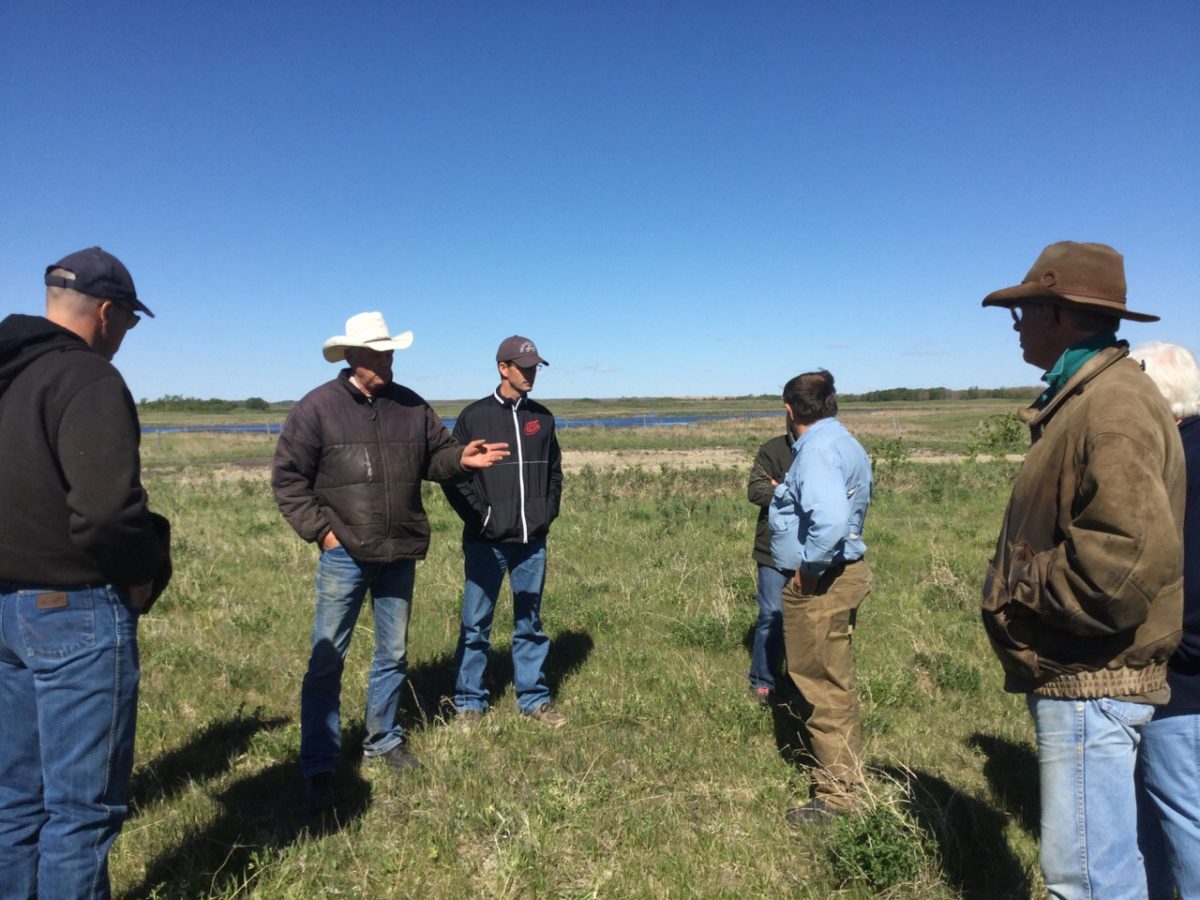
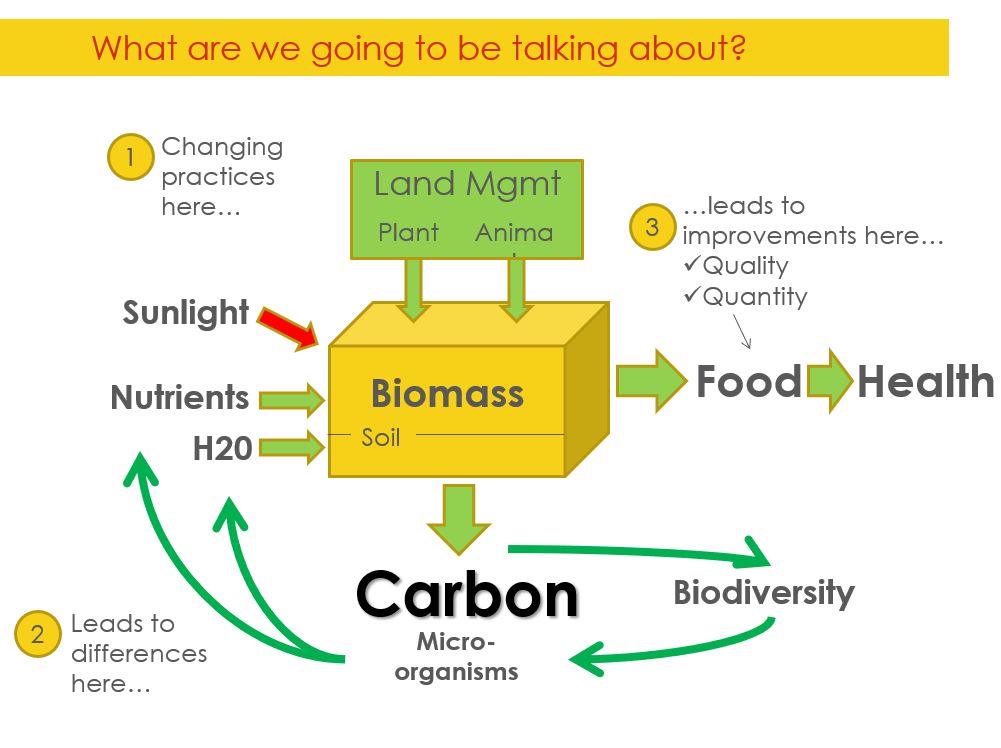
Meadowlark Soil Carbon Research
Shell Oil Company’s internal innovations investment group, GameChanger, retained RES and other Project Meadowlark team members to participate in a global search for ideas that would compel a company such as Shell Oil to consider investing in restoring soil organic carbon. The process involved creating over 30 facilitated confab meetings around the world with thought leaders across industries, non-profits, government and policy, and regulatory agencies. The Team generated a collection of over 3,000 unique ideas.
The Meadowlark team of GameChanger staff, Shell business unit leads, RES staff, and others then distilled the ideas down to ~25 elaborated business models. The models considered how to potentially raise investment dollars and garner commitments from Shell and other marketplace and off-market interests including impact investors and others to implement.
The process resulted in several business models that Shell and others decided to do further due diligence on, and several have become bonified capitalized businesses that are now operating. The program resulted in leadership and stockholder discussion across Shell about the projected global benefits (economic, climate mitigation, public relations, product differentiation, etc.) of considering “nature-based solutions” for a company such as Shell to begin to address climate change as a corporate responsibility.
Over a period of five years, Shell became one of the largest companies to formally adopt a Nature-Based Solutions strategy that also ties executive pay to the performance success of the strategy in addressing global climate risks. In 2019, Shell publicly committed to investing $1 billion in their Nature-Based Solutions program.
Palouse Soil Carbon Project
With grant funding received from the USDA-NRCS Conservation Innovation Grant Program in 2012, RES measured baseline soil carbon stocks using a chronosequence series analysis for Low Disturbance Cropped (LDC) lands, defined as one-pass no-till cropped lands. Our team used the Verra VM0021 Soil Carbon Quantification Method as the standard approved method for biophysically stratifying and allocating random sampling points and the measurement of soil carbon on nearly 100,000 acres of LDC farms. Additionally, RES sampled common activity baselines of two-three-pass no-till, conservation tillage, conventional tillage, and Conservation Reserve Program (CRP) practices.
In 2019, carbon marketplace interest in large volumes of reasonably priced carbon credits prompted the project team to move forward with resampling the LDC lands sampled originally in 2012. The Team completed this using the same Verra method to understand if the predicted soil carbon accrual rates measured and predicted from the 2012 baseline data set have been achieved.
RES’ work in aggregating the farmers in the 2011-2012 study managed to find significant interest among local and regional farmers. Over 100,000 acres of farmland were enrolled in the initial 2012 program. Since that time, farmers operating on an additional 150,000 acres of LDC lands have expressed interest in potentially participating in this carbon marketplace opportunity. Because the biophysical stratification included the larger agro-ecological landscape, LDC farmers within this area may have a streamlined path to participation in this carbon project in the future.
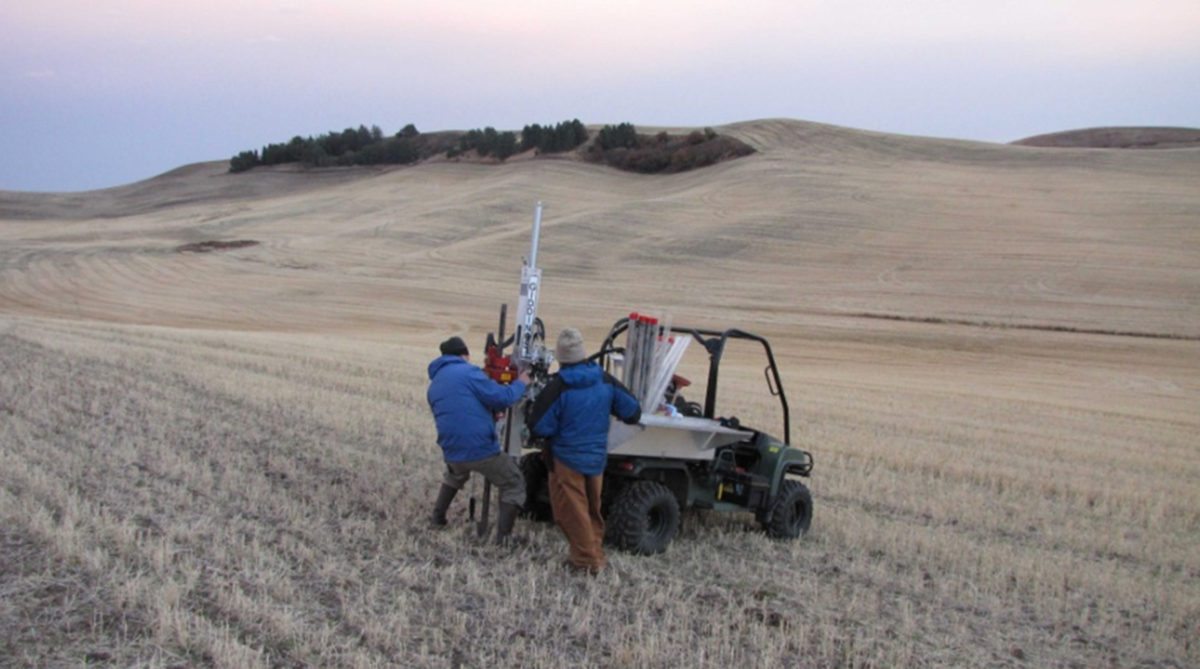
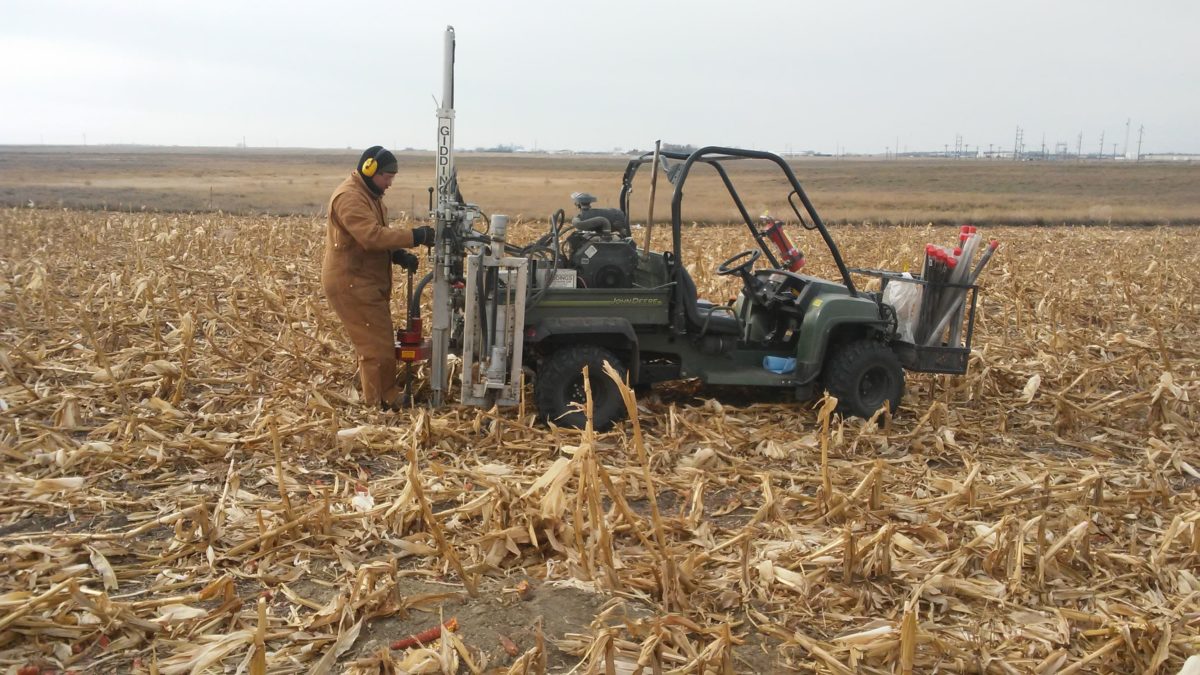
South Dakota Corn Growers Soil Carbon Sampling
RES collaborated with the South Dakota Corn Growers Association to investigate the soil carbon sequestration variations in no-till, conventional till, and reference grassland/grazed landscapes across eastern South Dakota. South Dakota Corn is interested in understanding the baseline soil carbon levels on croplands throughout eastern South Dakota. This project is focused on sampling and measuring baseline soil carbon levels in South Dakota croplands.
Fifteen farm pairs of no-till/conventional tillage were sampled across major soil series associations in eastern South Dakota. The research will be ongoing and results forthcoming.
For comparison purposes, various settings on the South Dakota farms that represent differing site conditions, lengths of time in various tillage methods, and antecedent tillage and cropping conditions of the land prior to commencing these activities will be identified and sampled on the property or neighboring properties.
The baseline measurement data will be used to calculate the contribution to greenhouse gas emissions and improvements in soil carbon levels created under the current tillage program. These same data will then be used to monitor future greenhouse gas and climate mitigation strategies as improved soil carbon levels.
The program is designed as a model that can be replicated by South Dakota Corn at other farms in the future.
Wild Idea Buffalo Ranch Soil Carbon Assessment
In July 2015, RES measured the baseline soil carbon levels on the 3,500-acre Wild Idea Buffalo Ranch (property of Dan and Jill O’Brien) outside Rapid City, South Dakota. This ranch grows and processes bison for Patagonia Provisions new bison jerky retail product. The purpose of the study was to measure the impact of different grazing methods on soil carbon levels and related impact on greenhouse gas emissions contributions to climate change from ranching.
Representative ranch settings including the time since bison grazing began, differing slopes, aspects, soil types, and prior land uses (dryland farming and cattle grazing) were statistically sampled at the Wild Idea Bison Ranch and on several neighboring properties where continuous cattle grazing occurs. Soil carbon levels under the bison grazing will be used to evaluate and monitor climate mitigation benefits from bison meat production.
RES conducted the soil sampling as well as the laboratory analysis of the soil carbon levels on nearly 150 soil cores. This analysis, along with very high resolution multispectral aerial imaging to map vegetation, bare soil conditions, native and invasive plant species distributions, and abundance, was used with the soil carbon measurements to create projections on climate mitigation benefits linked to the bison jerky production. Follow-up soil sampling is anticipated to occur in the near future to determine soil carbon accruals under the bison grazing occurring at Wild Idea Ranch.
This project was a collaboration between RES, Patagonia Provisions, and the soil carbon advocacy team at The Carbon Underground.
